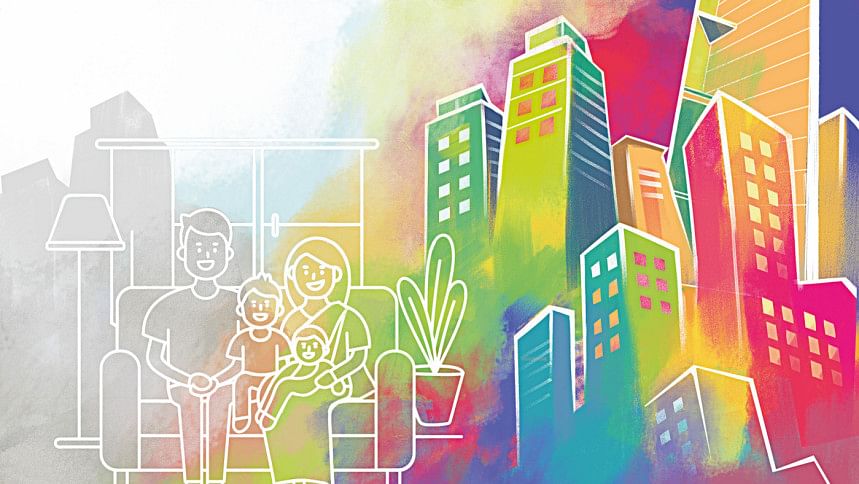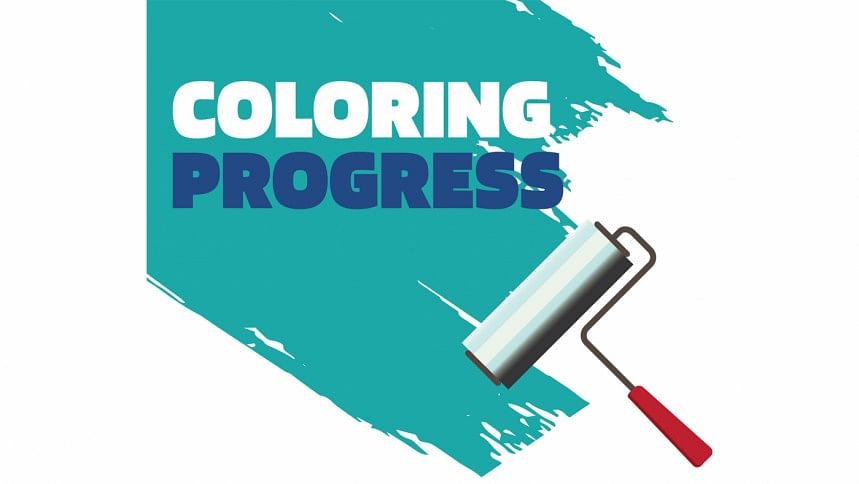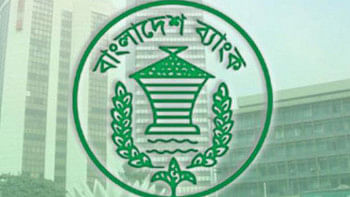Colouring Progress

The paints and coatings industry in Bangladesh has made significant contributions to both the housing and industrial sectors, despite facing inherent challenges. This industry primarily enhances the decorative aspects of buildings while also providing essential protective measures. Over the decades, it has generated numerous job opportunities, thereby bolstering the economy. Once regarded as a symbol of luxury, paint has now become an essential commodity. As Bangladesh advances towards middle-income status, it is experiencing significant urbanisation through large-scale infrastructural developments and the construction and renovation of residential and commercial buildings. Consequently, paints and coatings have become integral to the construction process.
"The paint sector in Bangladesh is poised for significant expansion, driven by the swift infrastructure development unfolding nationwide. Moreover, this progress is buoyed by an increase in disposable income," shares Md Mohsin Habib Chowdhury, COO & Director, Berger Paints Bangladesh Limited
Bangladesh is now self-sufficient in meeting its demand for paints and coatings through domestic production, with an annual output of approximately 33 crore litres. The paint industry is primarily divided into two segments: decorative and coatings. According to Arun Mitra, the General Secretary of the Bangladesh Paint Manufacturers' Association, there are 36 registered paint companies and approximately 80 in total, including unregistered ones.
It's important to understand that timely repainting not only enhances the beauty of our buildings but also protects them from corrosion, a major concern in our climate. Studies suggest that neglecting paint application costs a country 1%-1.5% of its GDP annually.
According to the latest data from the Bangladesh Paint Manufacturers' Association, the market size for decorative paint is BDT 5.85 billion, with an annual growth rate of 6 percent, generating more than BDT 100 crore in national revenue. The breakdown of the decorative paint market is as follows: decorative paints account for 80%, industrial paints for 10%, marine paints for 4.5%, coil coatings for 3.5%, and auto refinish and others for 2%.
Previously, the per capita paint consumption in Bangladesh was 2.5 millilitres; it has now significantly increased to 1.1 kilograms. Thanks to the rapid socio-economic transformation of Bangladesh, there is a growing expectation for buildings to be both aesthetically pleasing and sustainable. This shift underscores the importance of paints and coatings in meeting these new standards of development. However, compared to other countries in the region, Bangladesh's per capita paint consumption remains the lowest, at 1.1 kilograms, compared to 5.5-7 kilograms in South Pacific and Middle Eastern countries, 4.2 kilograms in India, and 7-9 kilograms in China.
The paint and coating industry in Bangladesh is predominantly dominated by foreign companies, while native companies struggle to maintain their market share. Initially, local companies led the market, but by the 1990s, a shift occurred, ushering in the dominance of foreign enterprises.
"With a humble beginning in Bangladesh, over the last two decades, we ramped up through our own plants in Gazipur and the latest highly automated plants in Mirsarai, and spread our distribution centers across 10 metro towns of Bangladesh," says Budhaditya Mukherjee, Country Director – Asian Paints Bangladesh Ltd.
"We launched our enterprise in 2018 in Bangladesh. We are anticipating 20-30 percent growth. Although we offer decorative paint products, we contribute significantly to many mega projects with our specialized industrial coatings. Our production is now 100 kilolitres per day and 2,500 kilolitres per month," shares Md. Nurul Karim Sifat, Head of Marketing, Kansai Nerolac Paints (Bangladesh) Limited.
"Dulux is the third-largest paint company in the world. We have been operational in Bangladesh since 2014, with two factories and have already captured one percent of the market share. Our segment-wise production is divided into 80% decorative and 20% marine coatings. We anticipate annual revenue of more than 50 crores, and last year, we achieved a growth rate of 14%," shares Anower Hosen, Executive - Trade Marketing of Dulux Paints.

He also notes that the import of raw materials has been affected by the dollar crisis and increased shipping costs. Despite this, they have refrained from raising the prices of their products. Moreover, significant time is wasted unloading raw materials at the port. He emphasizes the need for government support to address this issue and expedite the handling of goods in ports.
Industry insiders highlight the importance of continuously adopting new technology in the paint sector, given its emphasis on decoration and material durability. Multinational corporations (MNCs) hold a significant advantage in swiftly implementing the latest technology globally due to their internal mechanisms. Additionally, MNCs find it easier to procure necessary materials.
In contrast, local companies face challenges such as a lack of innovation in their products, insufficient funds, and management issues. Already, local companies like Romana Paints and Olympic Paints have exited the market, while others struggle to maintain their market share. Furthermore, the paints industry in Bangladesh has yet to explore the possibility of exporting paints abroad.
In response to the question of why local companies are gradually losing their foothold in the industry, Shayaan Seraj, Director of Aqua Paints, pointed out an example: recently, some of the best talents from his organization migrated to countries such as Germany, Canada, Australia, and Sweden for better career opportunities and resources. This scenario reflects the current challenges faced by local companies, highlighting the urgent need for a new vision, direction, and affirmative change to address the issues plaguing the local paint industry.
He urges the government to support local brands, emphasizing that the government holds significant authority in the procurement of paints and coatings for construction projects.
"Essentially, we don't aspire to be market leaders, given that we currently hold less than one percent of the market share. In an industry where 2 or 3 companies command 75 percent of the market, and the remaining 25 percent is divided among approximately 35 companies. Rather, our focus lies on delivering exceptional products, services, and solutions. We aim to ensure that our offerings are truly valued by buyers, not just for the sake of doing business," adds Shayaan Seraj.
Md Kamrul Hasan, Executive Director of Rainbow Paints, expresses further optimism, stating, "Rainbow Paints is honoured to serve as the road marking paint supplier for the esteemed Padma Bridge project. The inauguration of the Padma Bridge last year symbolised a monumental achievement for our nation, showcasing the prowess of the Bangladeshi people. Notably, within a span of seven years, we have emerged as one of the industry leaders among local companies. Our commitment now lies in further solidifying our position in the local market."
"Unfortunately, paint products are officially considered luxurious items, subjecting them to a supplementary duty of 5 percent for local manufacturing. Paint should be recognized as an essential product, given its crucial role in protecting constructions and extending their longevity. Therefore, the current supplementary duty must be reduced to zero. Essential goods like iron, bricks, or cement do not incur any supplementary duty. Hence, there seems to be no justification for imposing this duty on paints," mentions Arun Mitra.
He also highlights the significance of stopping the practice of under-invoicing in the importation of raw materials and paints from abroad, emphasizing the necessity for corruption-free customs procedures.
There is also a need to make people more aware of the importance of paint. "It's important to understand that timely repainting not only enhances the beauty of our buildings but also protects them from corrosion, a major concern in our climate. Studies suggest that neglecting paint application costs a country 1%-1.5% of its GDP annually," opines Md Mohsin Habib Chowdhury, COO and Director of Berger Paints Bangladesh Limited, the largest market share holder in the paint industry.

 For all latest news, follow The Daily Star's Google News channel.
For all latest news, follow The Daily Star's Google News channel. 



Comments